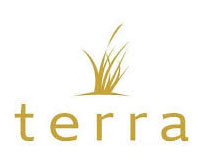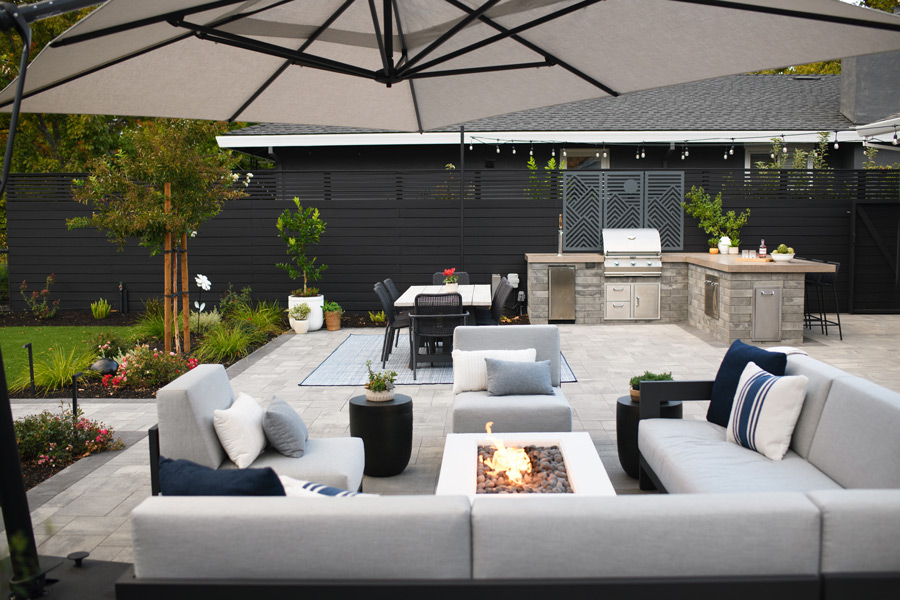We caught up with Laura to learn more about her design philosophy, and her approach to working in the Bay Area’s unique climate. Additionally, she offered insights on how she integrates outdoor furniture into her work—including go-to pieces from Terra Outdoor Living.
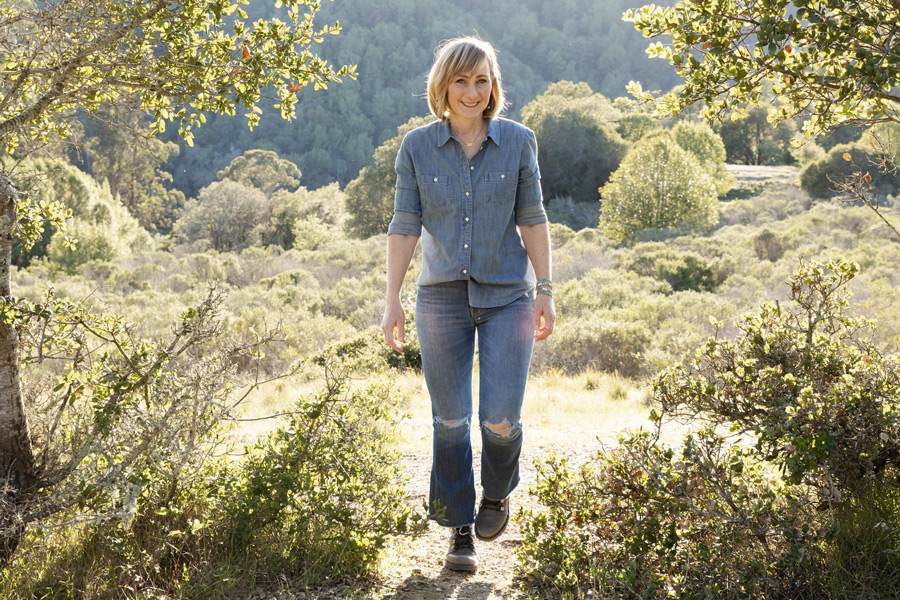
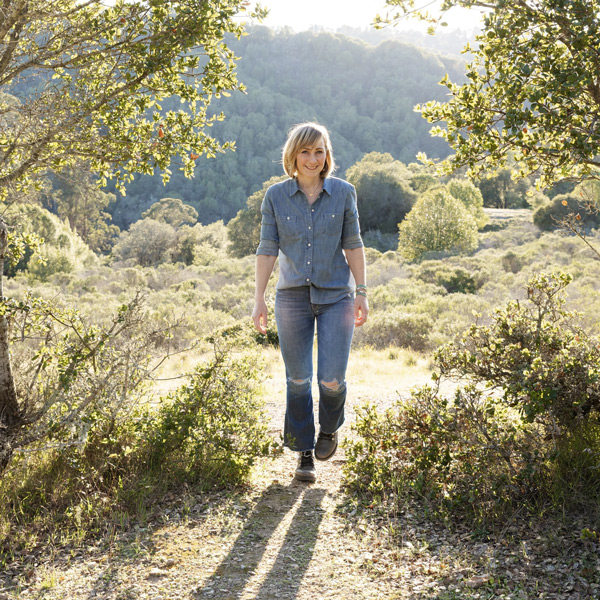
Background & Design Philosophy
What inspired you to start Secret Garden Landscapes?
Secret Garden Landscapes was born from my deep-rooted passion for creating outdoor spaces that feel like a natural extension of home—places where people can slow down, connect, and feel a sense of peace. My background in environmental remediation taught me the importance of working with the land, not against it, and I wanted to bring that ethos into residential design.
I’ve always been inspired by the intersection of beauty, functionality, and sustainability. The name “Secret Garden” reflects the idea of crafting a personal, meaningful space—something a little magical and uniquely yours, tucked into the landscape.
What inspired you to start Secret Garden Landscapes?
Our philosophy blends timeless design with ecological awareness. I’d describe our style as warm modern—clean lines softened by lush, layered planting.
We work hard to strike a balance between structured and natural, curated and wild. At the heart of it, we want every space to feel like a sanctuary: soulful, sustainable, and deeply personal to the client.
Where do you begin when designing a new outdoor space for a client?
We always begin by listening. Every project starts with a conversation about how the client wants to feel in their space—how they live, entertain, rest, or recharge.
Then we observe the site: the light, the views, the existing architecture, and the way the space flows. It’s a collaborative process where design is rooted in lifestyle, place, and a sense of ease.
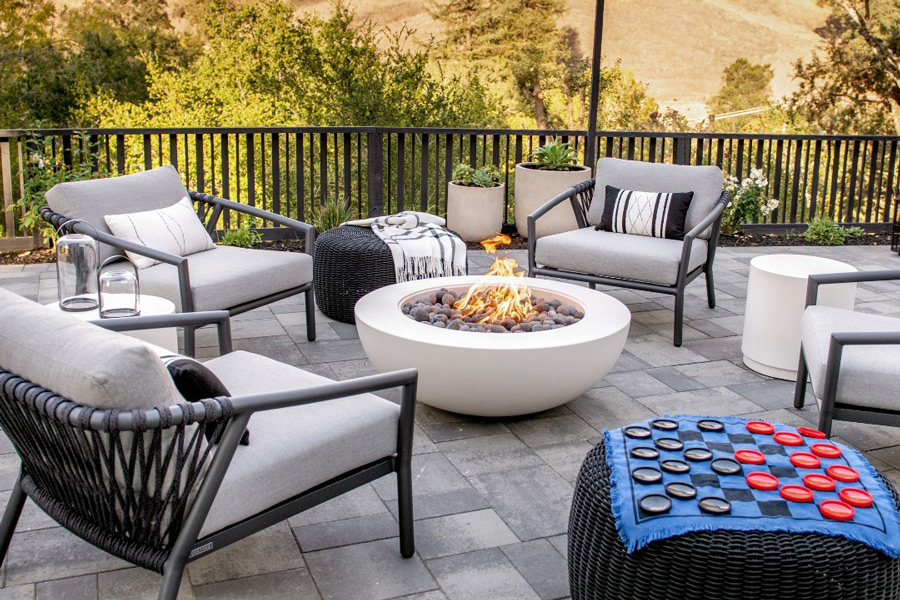

pictured above: Harborside Lounge Chairs provide cozy fireside seating while Barrel Woven Poufs serve as stylish and versatile side tables.
Working in Northern California
How does the Bay Area’s unique climate and lifestyle shape your design approach?
The Bay Area offers such a generous outdoor lifestyle—we’re fortunate to design for a climate that invites year-round living outside. That said, we also work within the realities of drought and microclimates.
Our approach always includes water-conscious planting, thoughtful use of shade and sun, and designing flexible spaces. Spaces that can transition effortlessly between morning coffee and evening entertaining.
What are some local challenges you often solve through landscape design?
Grading and drainage are big ones. Many homes in the Bay Area sit on sloped lots or have tricky transitions between indoor and outdoor levels.
We also often help clients find privacy without sacrificing light or openness, which can be a balancing act in tighter suburban neighborhoods. And of course, selecting resilient plant palettes that thrive in our shifting climate is key.
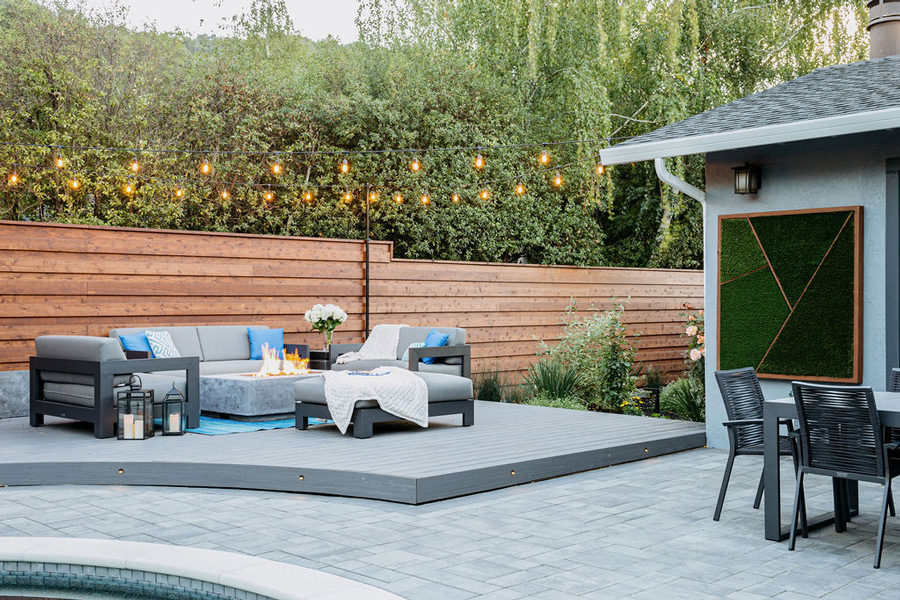

pictured above: The Tiburon collection in powder-coated aluminum brings an elevated outdoor vibe to this modern, suburban backyard.
Furniture & Outdoor Living
How do you think outdoor furniture contributes to the success of a space?
Furniture truly completes the experience. It’s what transforms a garden into a living room, a patio into a place to gather.
Beyond aesthetics, good outdoor furniture offers comfort, functionality, and an invitation to linger—it signals that the space isn’t just for looking at, but for living in.
What do you look for—or recommend—when choosing outdoor furniture for clients?
We gravitate toward pieces with timeless silhouettes, natural materials, and a palette that complement the landscape—not competes with it. Durability is essential, but so is the way furniture feels to use.
That’s why we often turn to Terra Outdoor Living—their collections strike such a beautiful balance between form and function. Whether it’s modular seating that adapts to different hosting styles or mixed materials that add visual texture, their pieces help us bring flexibility and character into the space.
And of course, scale matters. Especially in more compact areas, we look for furniture that enhances rather than overwhelms—something Terra does really well.
Any tips for creating a seamless flow between indoor and outdoor living areas?
It starts with sightlines and materials. We try to echo interior design elements—like flooring tones, color palettes, or even fabric textures—so the transition feels natural.
Large sliding doors, continuity in hardscape materials, and layered lighting also help blend the two worlds. And furniture layout plays a big role in drawing people outside—create a destination they can’t resist.
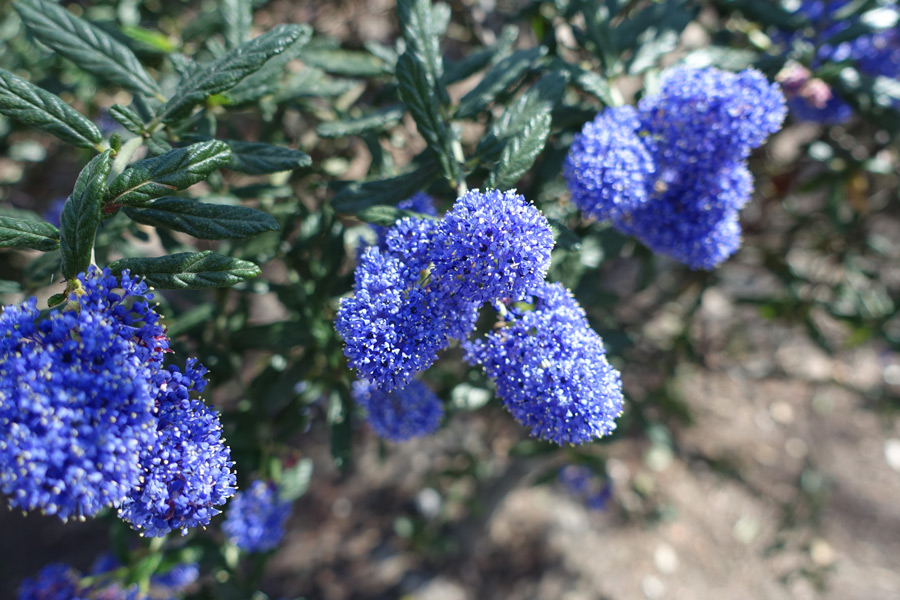
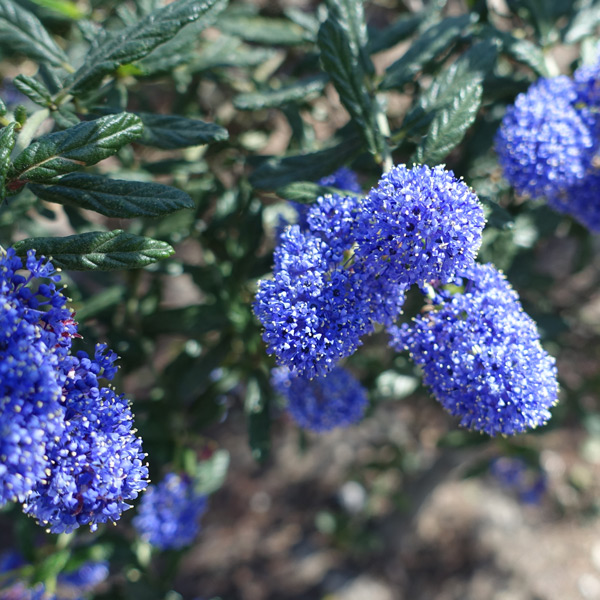
pictured above: Ceanothus in bloom in a Bay Area backyard
Planting & Seasonal Tips
Do you have a few favorite plants you find yourself using again and again?
Absolutely. We love working with Salvia, Manzanita, and Ceanothus—all beautiful, drought-tolerant California natives that bring movement and color. For texture and structure, Arbutus Marina, Olive trees, and Westringia are go-tos.
And we often tuck in seasonal interest like red hot poker, kangaroo paw or red buckwheat, not just for their beauty, but for their ecological value.
How do you keep spaces feeling fresh and inviting year-round?
Layering is key—combining evergreen structure with seasonal interest. We design with a mix of bloom times, foliage colors, and textures so something’s always happening.
We also lean into lighting and furniture accessories to shift the mood by season—think cozy throws and fire features in fall, or fresh cushions and shade in summer.
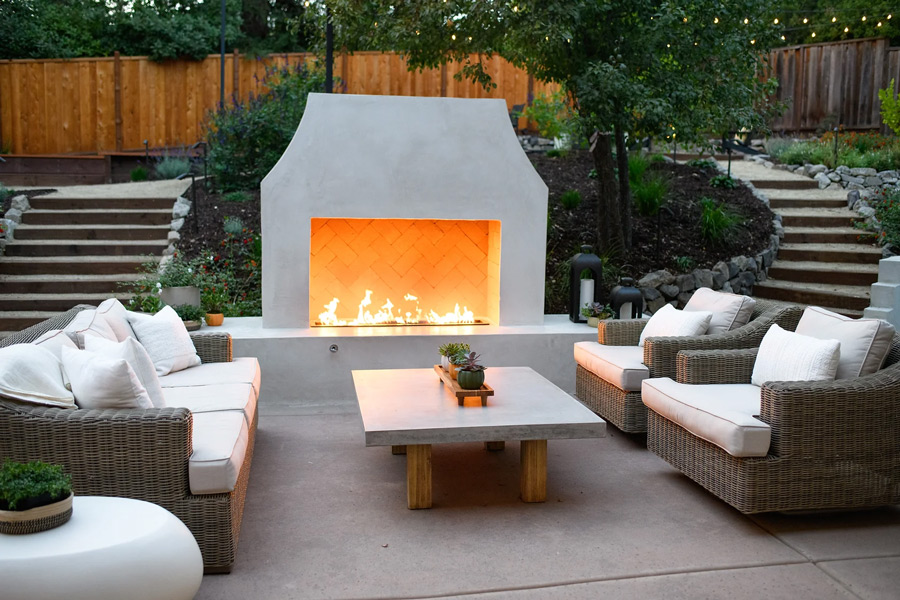
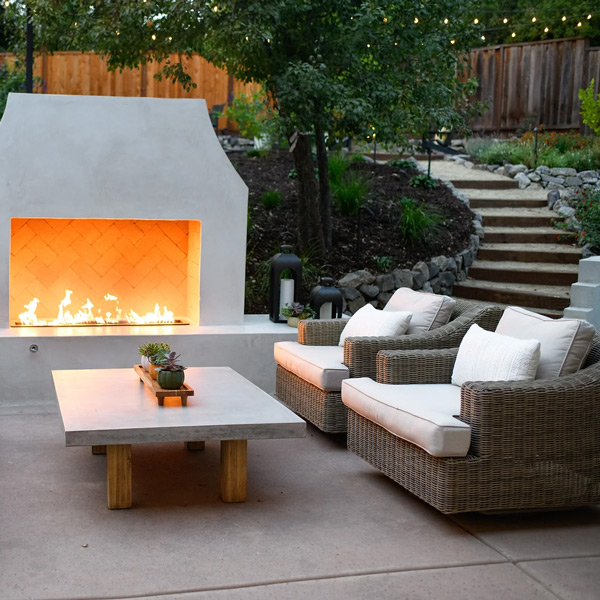
pictured above: All-weather wicker lounge furniture from the Carmel collection, paired with the Bordeaux coffee table
Creative Perspective
Are there any outdoor design “rules” you think are meant to be broken?
I think every project is a little different, which means the “rules” shift depending on the client, the site, and the overall vision. I do appreciate symmetry—it can bring a sense of harmony and structure—but I also love the energy and visual movement that a more asymmetrical layout can bring.
Therefore, it’s really about finding the right balance for each space. No two clients are the same, and neither are their homes. Our goal is always to create something that feels authentic to them—not just something that checks a box or follows a trend.
What’s one easy update people can make to improve their outdoor space this season?
Invest in lighting—it makes all the difference. Whether it’s string lights, path lighting, or a few strategically placed uplights in the garden, good lighting extends your enjoyment well into the evening and instantly elevates the mood. It’s one of the simplest ways to add magic.
Whether she’s layering native plants for year-round interest or selecting furniture that invites people to linger, Laura Osteen designs with intention at every turn. Her ability to balance structure with softness, sustainability with style, and function with feeling is what makes each Secret Garden Landscapes project feel truly one of a kind. As she reminds us, great outdoor design isn’t just about how a space looks—it’s about how it lives.
